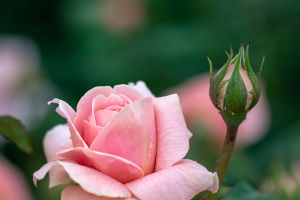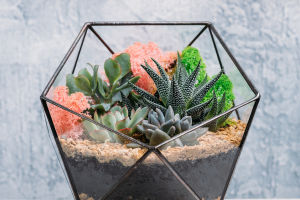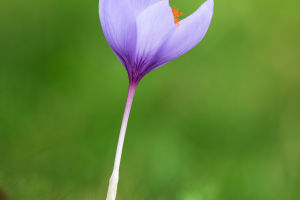Tulips are beautiful bulbous flowers that can be planted from late September to December, but it is essential to avoid planting them too early when the temperature is still high, which can be detrimental to tulip rooting and germination.
The specific planting time varies depending on the region. Tulips are perfect for in-ground planting, but they can also be planted in pots on the balcony. In-ground management is rough, while pot management is relatively simple.
Before planting tulips, it is recommended to treat the seed ball by peeling off the outer dried shell of the tulip bulb.
If you are planting tulips in the ground, you can plant them directly. However, it is important to avoid planting them in low places and to plant them in a sunny place on slightly higher ground.
In Europe, tulips require cold winter temperatures to break their dormancy before they can emerge in spring with green buds and sprouts. To help the bulbs wake up, you can wrap them in paper bags or newspapers after buying them in autumn instead of using plastic bags that lack ventilation, leading to mildew and rot.
Refrigerate them for about 45 days before planting. Do not freeze them, as this will make the bulbs inactive.
Tulips can also be hydroponics, but it is recommended to choose a single petal species. You can buy commercially available hydroponic frame planting containers, but make sure they are not too shallow to allow the root system to have enough space to stretch. Tap water can be used, and the water level should be about 1/4 at the base of the bulb.
After rooting, the water level can gradually reduce so that 1/3 of the root system can absorb water. Change the water once a week.
The bulbs can supply the nutrients needed for flowering, so there is no need to add additional nutrient solution or fertilizer to the water. A bright window is ideal for hydroponics.
After burying the tulip seeds in the potting soil, it is essential to water the soil thoroughly along the seeds and put a few small stones or broken bricks at the bottom of the pot so that the excess water can be excreted to prevent water from harming the seeds and affecting their roots and leaves.
In the first few weeks after planting, tulips grow faster, so it is recommended to supplement them once a month with high-nitrogen fertilizer or special water-soluble fertilizer with a nutrient solution to replenish the nitrogen and stimulate the sprouting of new leaves.
At a later stage, when the seedlings have flower arrows, it is necessary to stop the supply of nitrogen to prevent them from not flowering.
You should replace it with bone meal or potassium phosphate fertilizer with sufficient phosphorus and potassium elements to replenish the microelements needed for the growth and development of flower buds. It is also important to improve the soil so that it is airy and fertile.
If you use bone meal, it is recommended to mix it directly into the nutrient mix before potting it as a base fertilizer. For potassium dihydrogen phosphate, you need to mix it into a water-soluble fertilizer and water the roots every ten days to promote flowering. You can stop the fertilizer supply until the seedlings grow buds and enjoy the flowers slowly until they fade.
Planting tulips can be a fun and rewarding activity, whether on the ground or in a pot. By following these tips, you can ensure that your tulips will thrive and bloom beautifully.
Remember to choose the appropriate planting time, treat the seed ball, and provide sufficient nutrients and water to your tulips.


